![图片[1]-Obstacle Avoidance System for Indoor and Outdoor Drones: Navigating Safely in Any Environment-msoen](https://www.msoen.com/wp-content/uploads/2025/05/0da73202ce003405-1024x683.png)
As drones become integral to industries ranging from photography to logistics, navigating complex environments safely remains a top priority. An obstacle avoidance system empowers drones to detect and evade obstacles autonomously, whether flying indoors or outdoors. This technology not only enhances safety but also expands operational possibilities for professionals and hobbyists. In this article, we explore how obstacle avoidance systems work, their applications, and why they’re essential for modern drone operations—optimized for search engines to help creators and businesses find the perfect solution.
Why Obstacle Avoidance Systems Are Critical for Drones
Drones operate in dynamic environments where obstacles like trees, buildings, power lines, or even birds can disrupt flights. An advanced obstacle avoidance system ensures:
- Collision Prevention: Protects the drone, payload, and surroundings from damage.
- Enhanced Autonomy: Enables hands-free navigation in GPS-denied areas (e.g., indoor warehouses).
- Regulatory Compliance: Reduces risks of violating airspace rules in crowded or restricted zones.
For operators, this technology means fewer accidents, lower maintenance costs, and greater confidence during missions.
Key Technologies Behind Obstacle Avoidance Systems
Modern drones use a combination of sensors and algorithms to detect obstacles:
- Ultrasonic Sensors
- How They Work: Emit sound waves to measure distances to nearby objects.
- Best For: Close-range detection (e.g., indoor ceilings, walls) and low-light conditions.
- Visual Cameras with Computer Vision
- Feature Detection: Identify obstacles using RGB or depth-sensing cameras.
- AI-Powered Tracking: Predict moving obstacles (e.g., humans, vehicles) and adjust flight paths.
- LiDAR (Light Detection and Ranging)
- Precision Mapping: Uses laser pulses to create 3D maps of surroundings, ideal for dense forests or urban areas.
- Long-Range Accuracy: Effective for high-altitude outdoor flights, avoiding power lines or towers.
- Infrared Sensors
- Low-Light Performance: Detect heat signatures in dark or foggy conditions.
Applications Across Environments
- Indoor Operations
- Warehouse Inspections: Navigate tight aisles and avoid shelves while monitoring inventory.
- Indoor Photography/Videography: Fly seamlessly in homes, museums, or event venues without crashing.
- Outdoor Operations
- Search and Rescue: Avoid trees, cliffs, or rivers during mission-critical searches.
- Agriculture: Survey crops while dodging fences, machinery, or wildlife.
- Infrastructure Inspection: Map power lines, pipelines, or wind turbines with precision.
How to Choose the Right Obstacle Avoidance System
When selecting a drone with obstacle avoidance capabilities:
- Sensor Fusion: Look for systems combining multiple sensors (e.g., LiDAR + cameras) for redundancy.
- Range and Accuracy: Prioritize systems with detection ranges matching your operational needs (e.g., 10m for indoor, 100m+ for outdoor).
- Software Intelligence: Ensure AI algorithms adapt to dynamic environments (e.g., swarming drones or sudden obstacles).
Future Trends in Obstacle Avoidance Technology
Innovations are pushing the boundaries of drone safety:
- Swarm Intelligence: Drones communicating to avoid shared obstacles in coordinated fleets.
- Predictive Analytics: Using weather and terrain data to preemptively reroute flights.
- Edge Computing: Onboard processing for real-time decisions without relying on cloud connectivity.
Conclusion
An obstacle avoidance system is indispensable for drones operating in unpredictable environments. By integrating advanced sensors, AI, and adaptive software, these systems ensure safer, more efficient flights for industries and enthusiasts alike. Whether inspecting urban skylines or exploring indoor spaces, this technology unlocks new levels of reliability and creativity.
FAQs
- Can obstacle avoidance work in complete darkness?
Yes, infrared or thermal sensors compensate for low-light conditions. - Do these systems drain battery life?
Advanced systems optimize power usage, but prolonged use may reduce flight time slightly. - Are obstacle avoidance systems required for FAA compliance?
While not mandated, they enhance safety and reduce liability in regulated airspace.


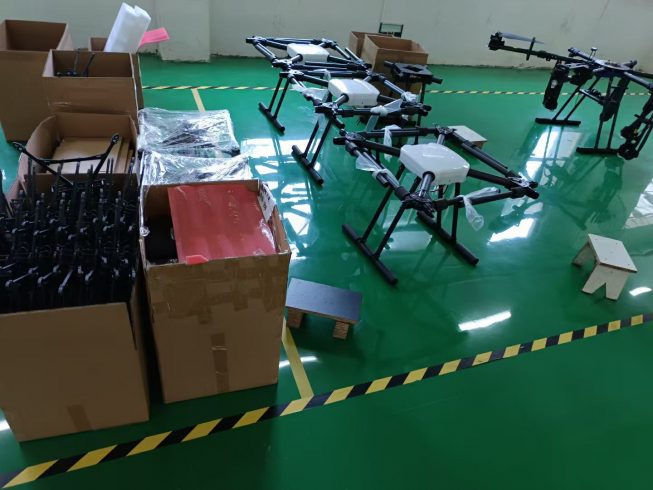
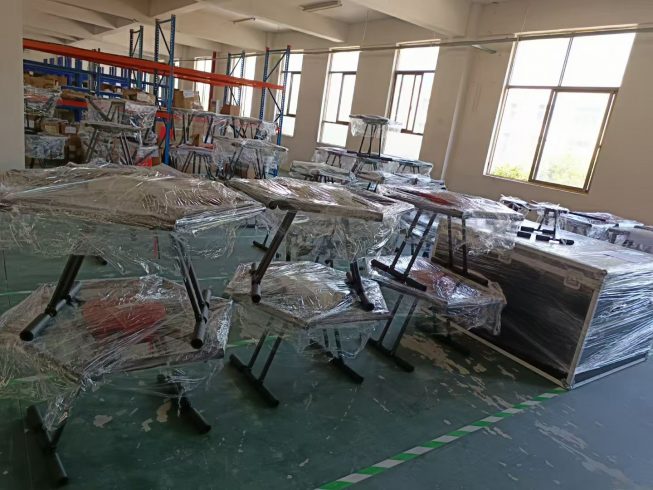

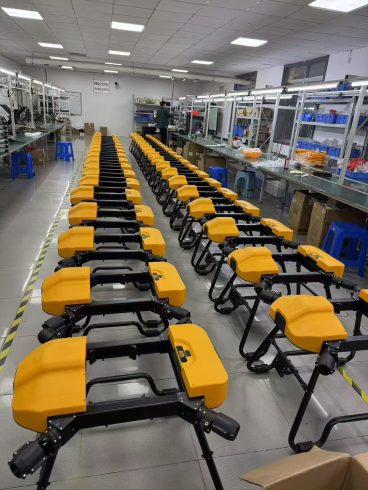
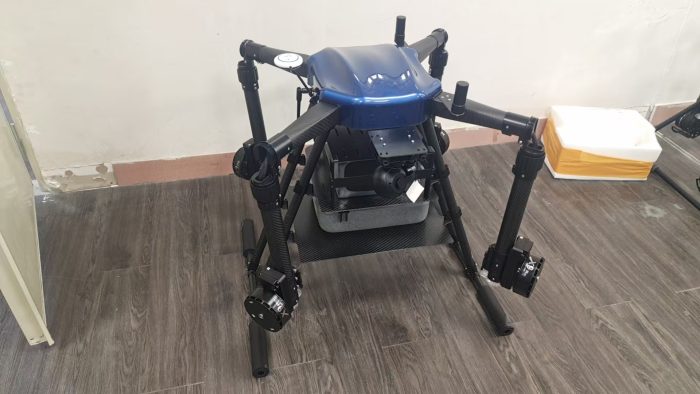

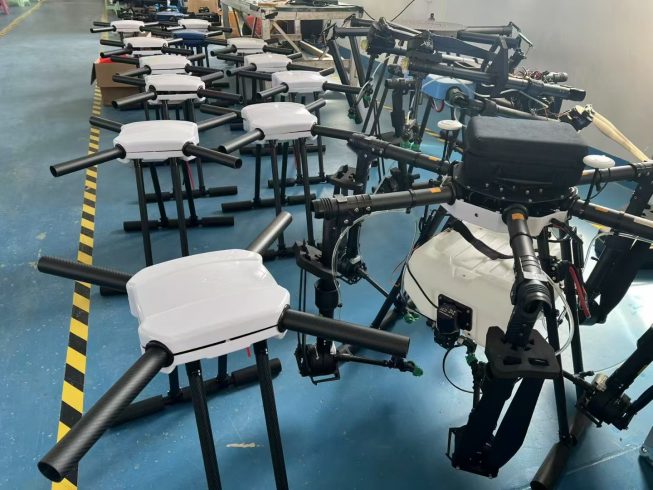
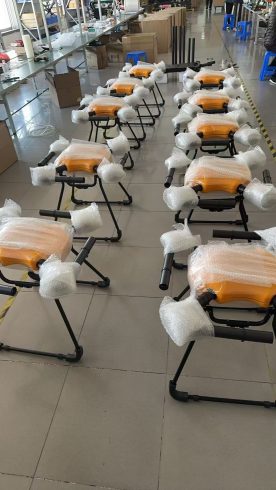
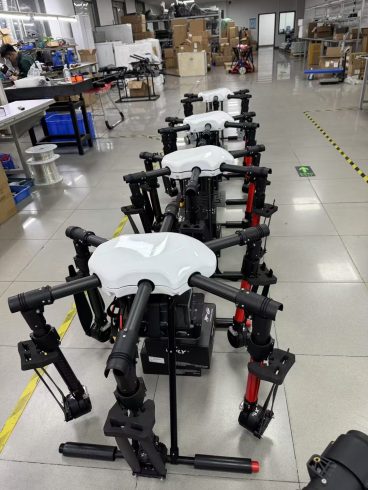

暂无评论内容